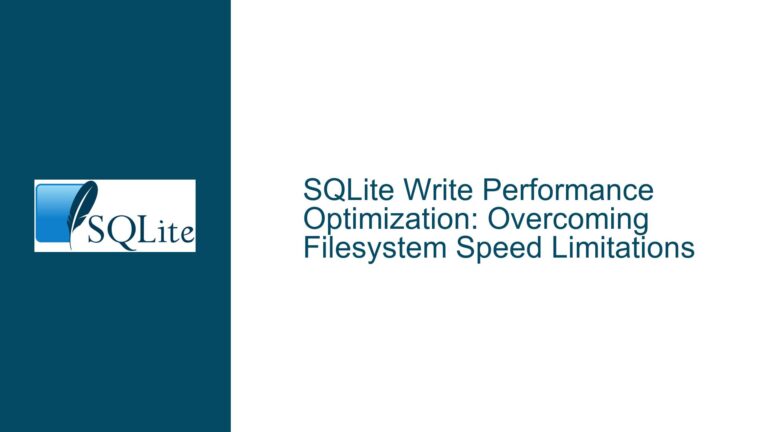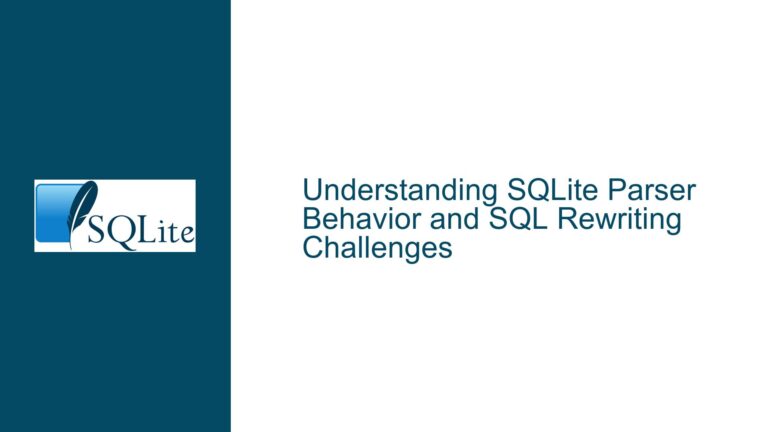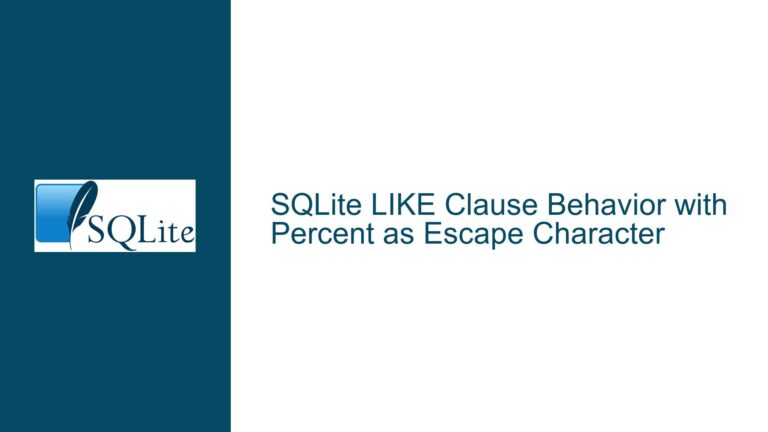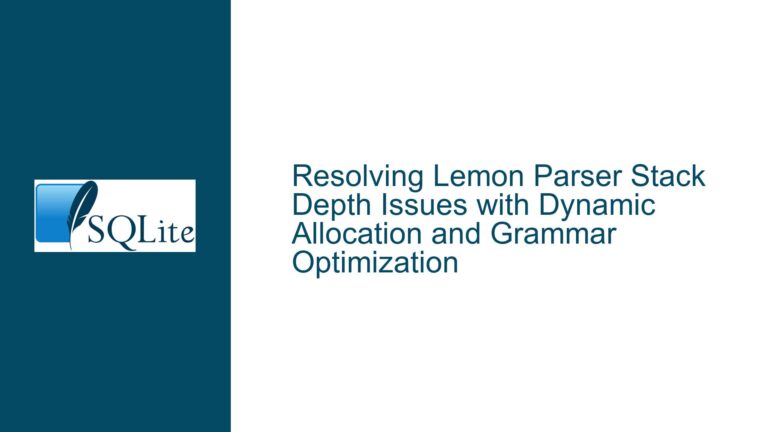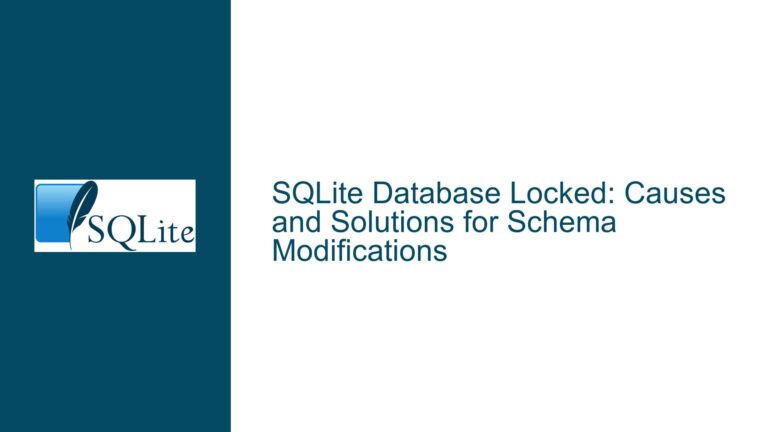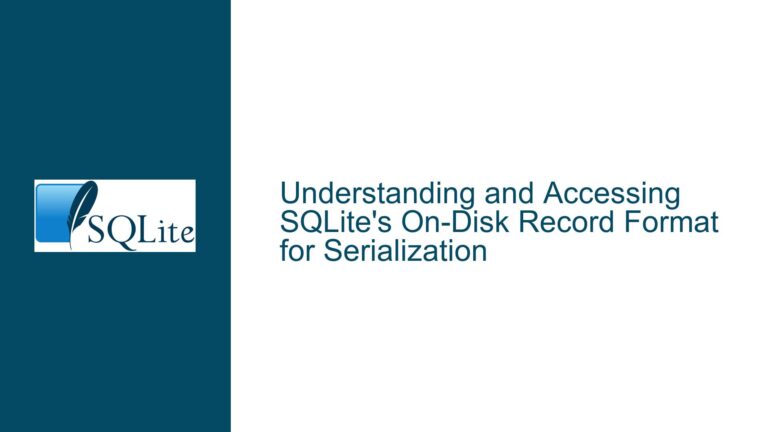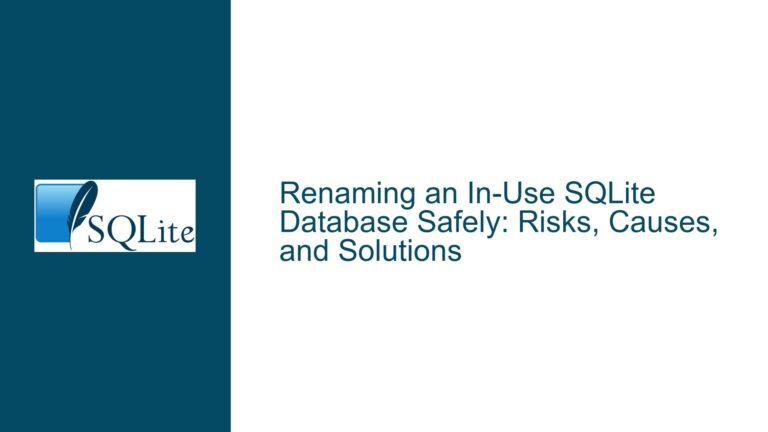SQLite Write Performance Optimization: Overcoming Filesystem Speed Limitations
SQLite Write Performance Lagging Behind Filesystem Writes When comparing SQLite write performance to raw filesystem writes, it is not uncommon to observe that SQLite can be significantly slower. This discrepancy arises due to the inherent differences in how SQLite and the filesystem handle data. SQLite is designed to provide robust data management capabilities, including transactional…
